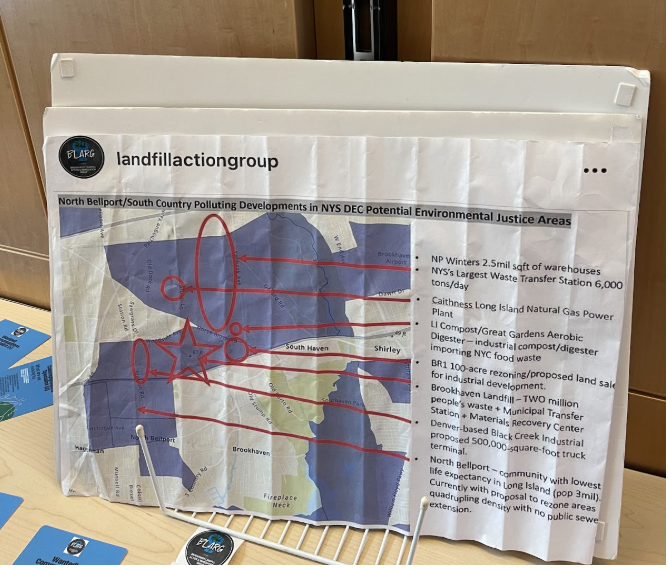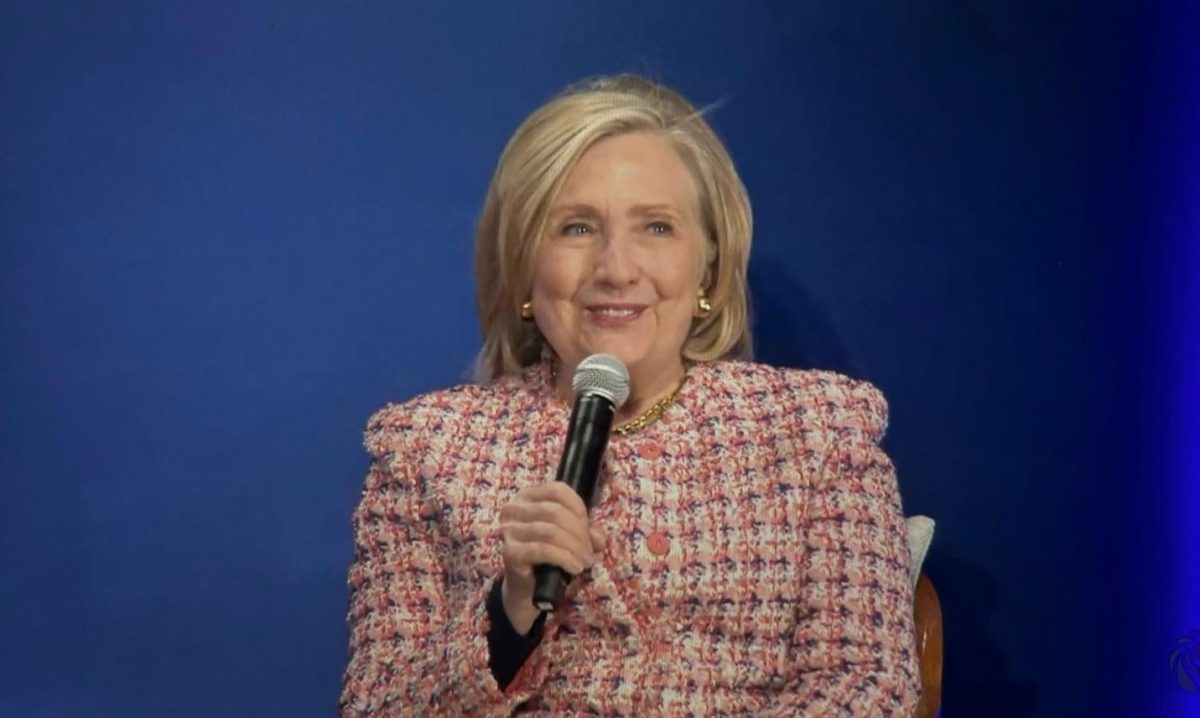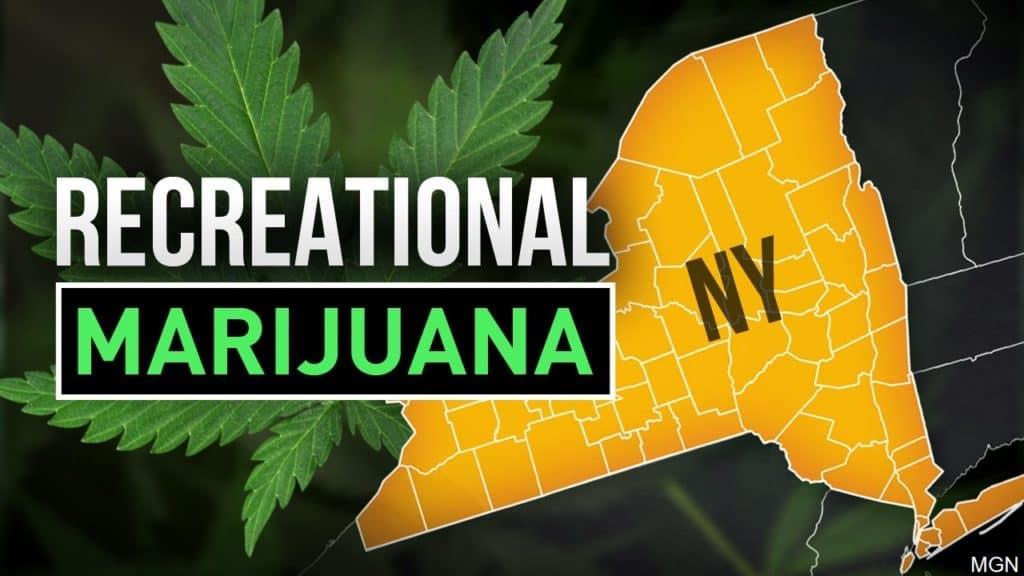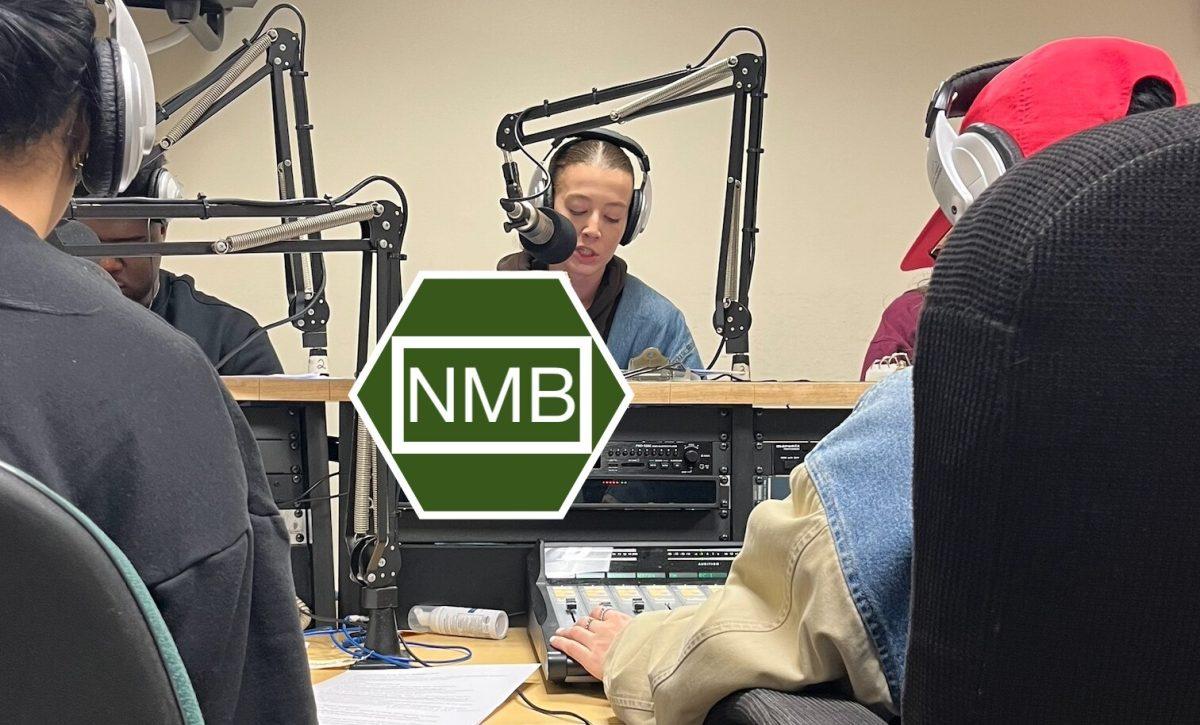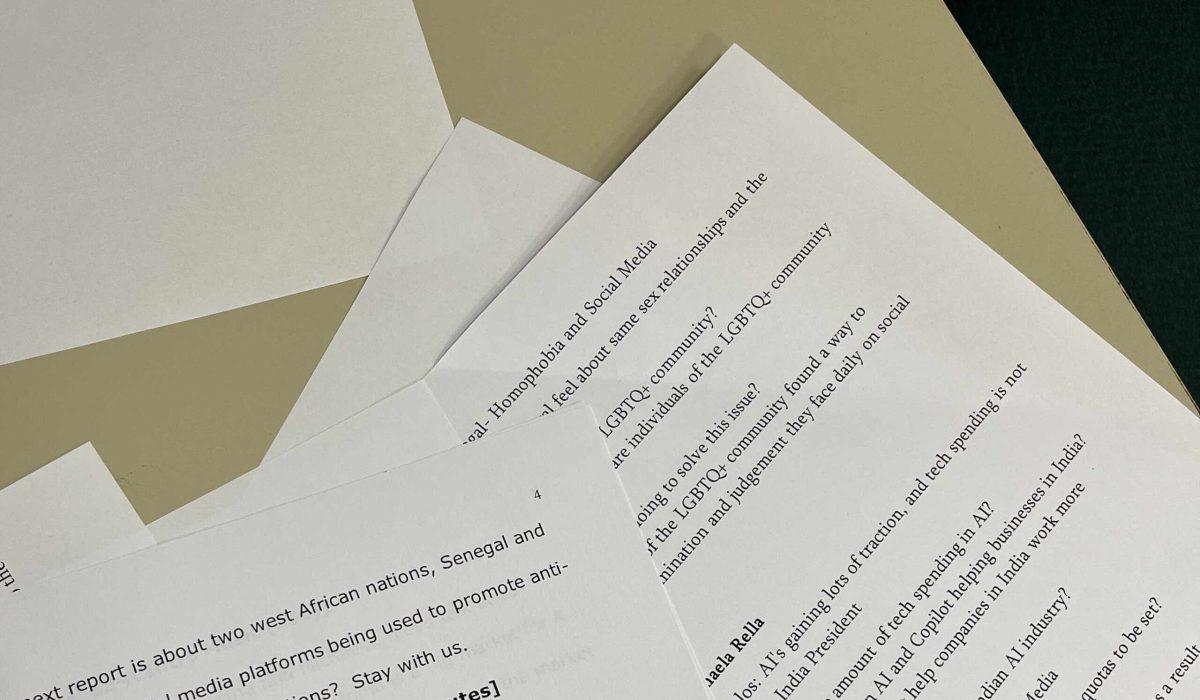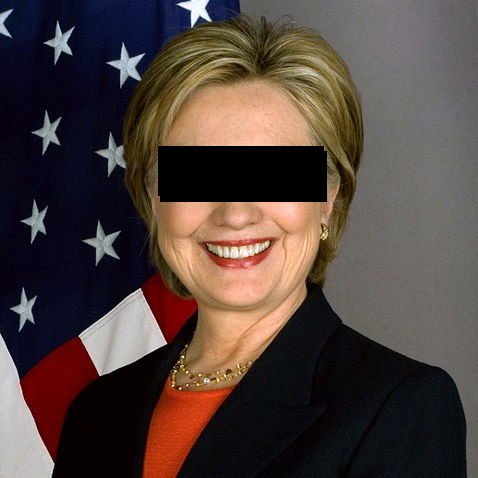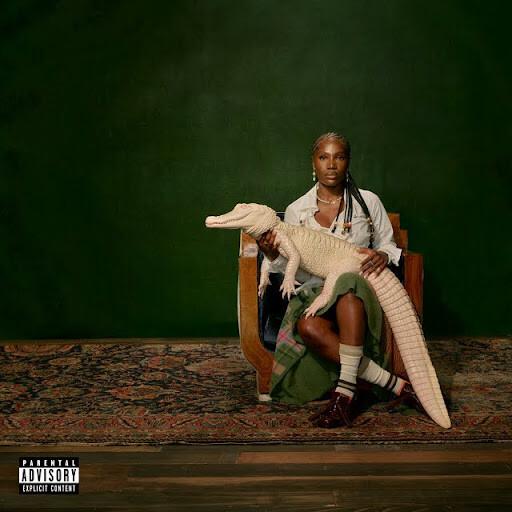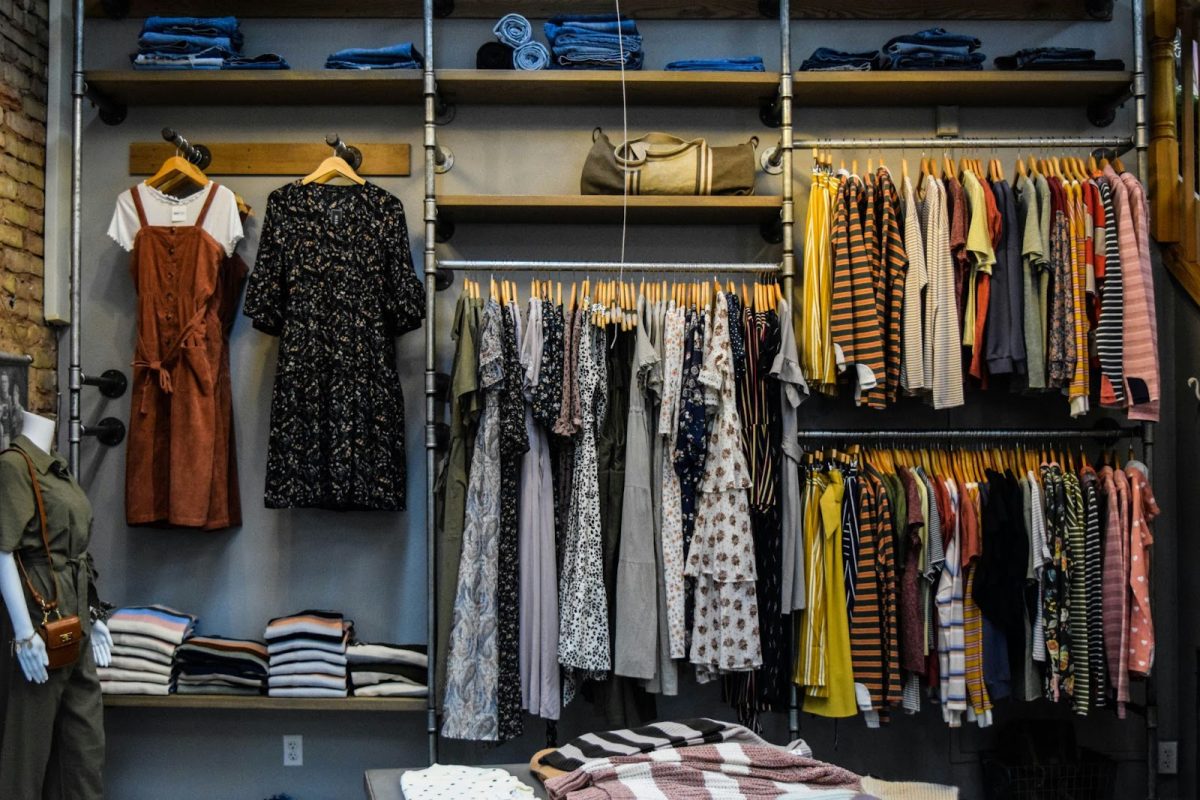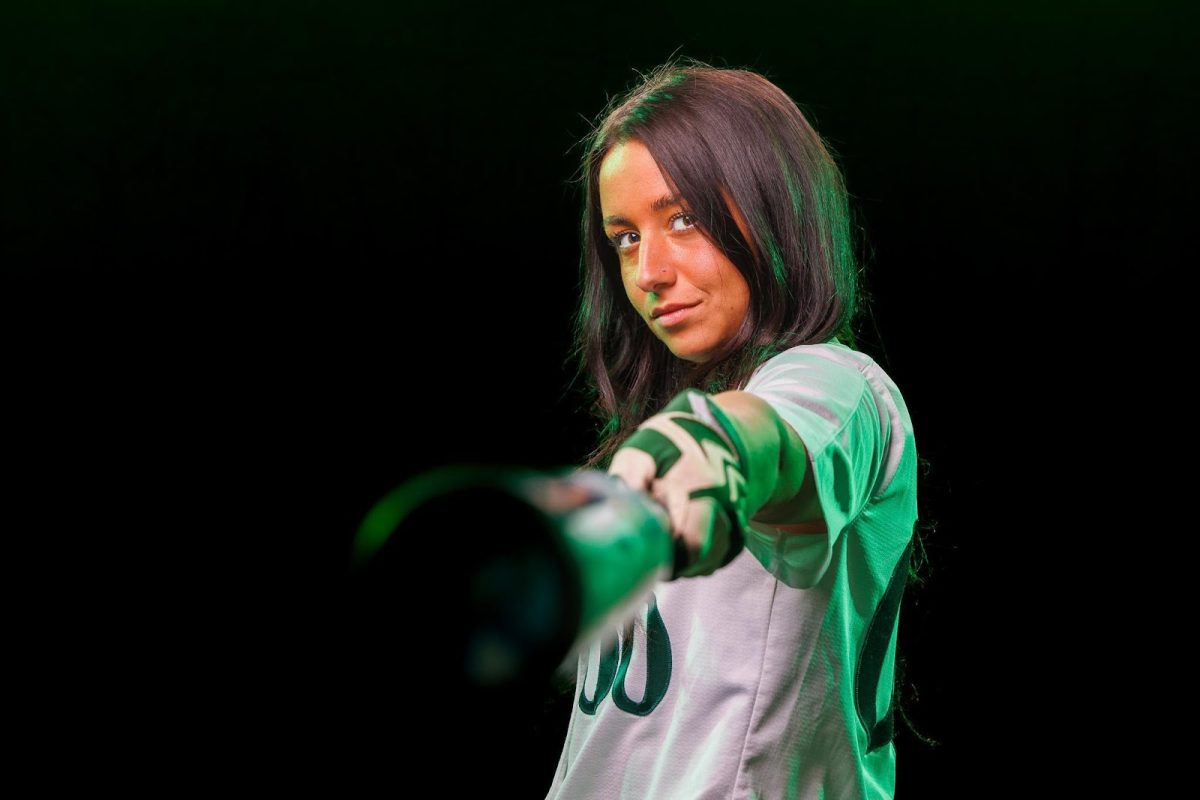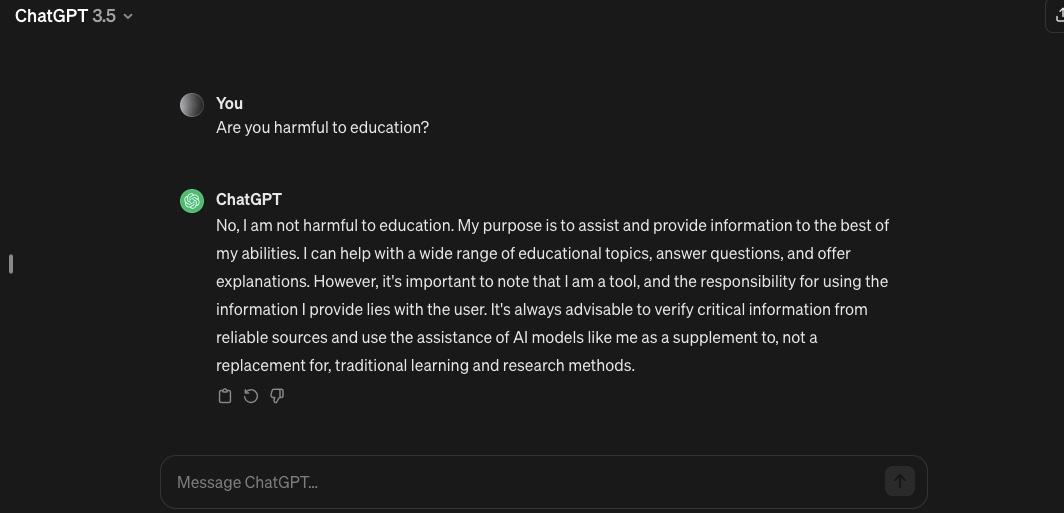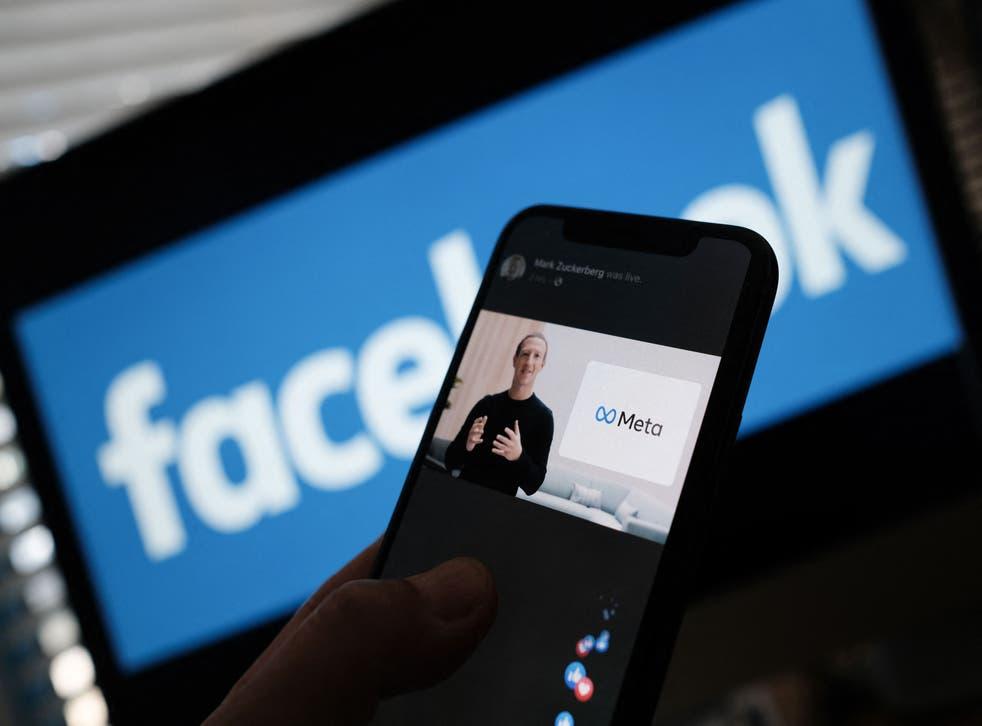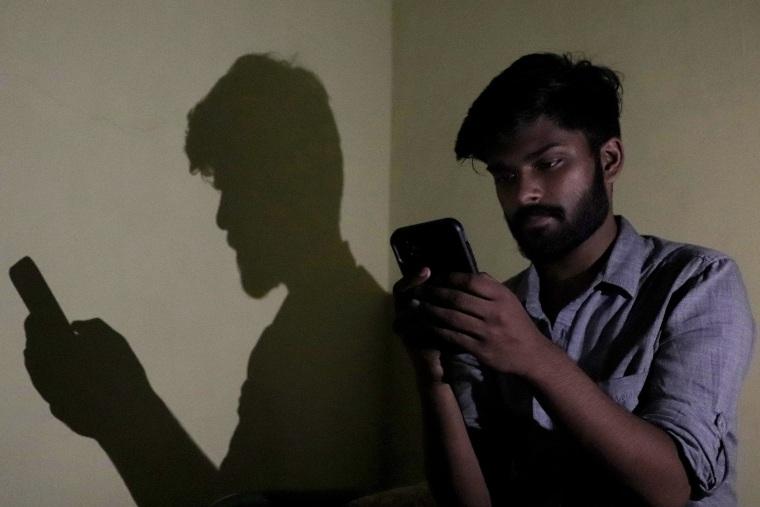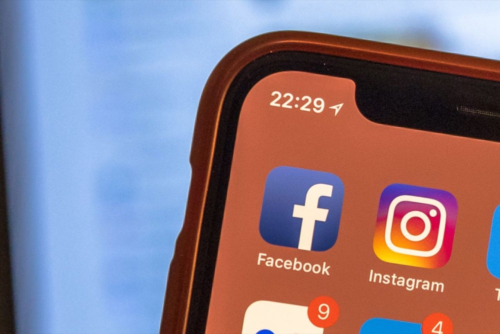
Facebook announced that they will make it hard for Instagram users to hide the fact that they are posting advertisements without specific labeling.
What better place to create exposure for your personal brands or services and potentially reach one billion users but Instagram? Thousands of business owners post content daily to gather more customers to buy from their brand and the app makes it easy for anyone to grow their audience. Instagram caters to business pages by creating tools for call to action, video and photo editing, and insights. But even with these helpers at hand, many business owners and content creators rely on promotions from influencers.
Instagram influencers are users who share content and are involved in a specific niche or topic, like beauty, food, travel, etc. Depending on how long a user has been contributing to that community, they could gain trust and reliability from a large audience. Because of this trust that was built, businesses see that as an excellent opportunity to get their product in the hands of someone with a huge following base by paying them.
According to CNN’s Hanna Ziady, “Social media influencers with thousands of followers often earn fees from companies to promote their products. Many businesses and major global brands are allocating a growing portion of their advertising budgets to influencer marketing, particularly to reach younger consumers who may not watch television or read newspapers.”
Because many businesses are getting their products or services promoted to a large platform, a lot of brands are getting sales and are seeing a huge return on investments from influencer marketing. According to Big Commerce’s Rochelle Bailis, “However, nearly 90% of all marketers find ROI from influencer marketing comparable to or better than other marketing channels.”
As this cycle of paying influencers and getting exposure continues, the Competition and Markets Authority (CMA) recognized that influencers are not saying if their post is an advertisement or not.
“The CMA said it has been investigating whether too many influencers are posting content about businesses without making it clear where they have been paid or incentivized to do so, amid concerns that the platform was not doing enough to tackle the problem,” Ziady said.
Posting a product without saying it is promoted can make a follower believe that the influencer uses the product and recommends it to others. Unfortunately, some products are not as good as they seem and affect online buyers.
“If I see an influencer promoting a product or service, I go to the business website and go straight to the reviews. It’s crazy how some people can be so naive to believe every product someone with a large following post is actually being used every day,” says Zachary Dorcinville, a frequent online shopper.
“For too long, major platforms have shied away from taking responsibility for hidden advertising on their site,” said Andrea Coscelli, CEO of the UK Competition and Markets Authority (CMA).
As a result, Instagram will make users select whether the influencer was paid for the promotion or not and if so, they must click on the “paid promotion” tool. This will help buyers decide if they want to buy an item within paid promotion and could potentially decrease misleading sales. Companies will be able to see who promotes their items and how their items are being promoted across Instagram. Such measures are being seen by UK regulators who want to see a change and spread transparency across the application.
A spokesperson for Facebook told CNN Business that it is “pleased to be working with the CMA on our continued efforts to help people be transparent about when they are paid to post content on Instagram,” according to Ziady. The spokesperson said Facebook will regularly report to the CMA on its enforcement measures regarding UK users.



